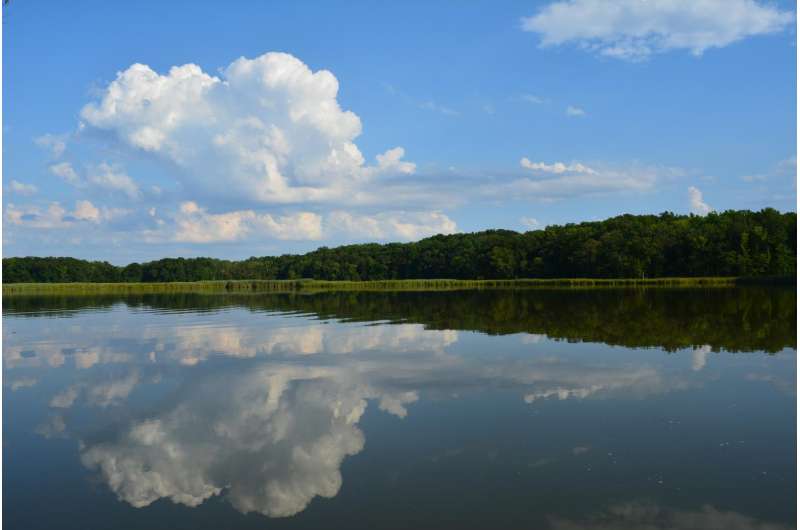Researchers: Chesapeake Bay dead zones biggest since 2014

Researchers say the total amount of oxygen-deprived dead zones in Chesapeake Bay this summer was the biggest since 2014.
The Virginia Institute of Marine Science also said Monday that the total amount of dead zones this summer increased by 10 percent over last year.
The institute has used a three-dimensional forecast model since 2014 to gauge areas of oxygen depletion—or hypoxia—in which oxygen dissolved in water falls so low it no longer supports fish, crabs, oysters and other aquatic organisms. Pollution has been blamed.
Researchers estimated oxygen-depleted areas totaled 220 cubic miles (919 cubic kilometers) this summer, roughly the same as in 2014. They estimated the dead zones totaled 199 cubic miles (833 cubic kilometers) in 2016 and 181 cubic miles (757 cubic kilometers) in 2015.
© 2017 The Associated Press. All rights reserved.















